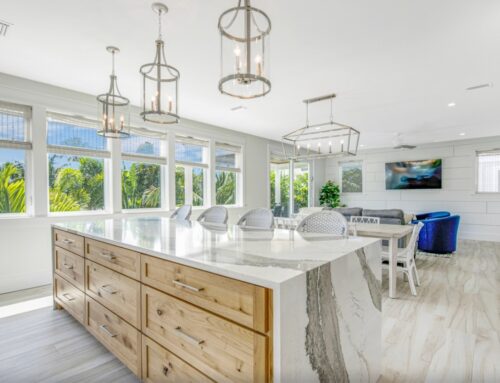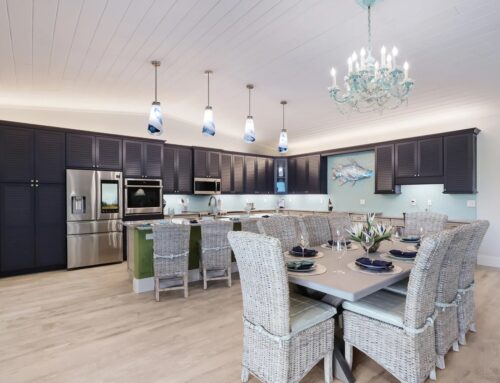In the fabric of every community, architecture serves as a defining thread, intertwining the aesthetic, cultural, and social narratives that shape community identity. The concept of a “sense of place” is essential in understanding how communities perceive themselves and their surroundings. Through thoughtful design, architecture can enhance this sense, fostering a strong sense of belonging and pride among residents. This article delves into the role of architecture in shaping community identity, highlighting its power to create meaningful spaces that resonate with the people who inhabit them.
The Foundation of Community Identity
Community identity is the collective sense of character and social cohesion that binds residents to their locale. It’s shaped by various factors, including history, culture, and, importantly, the physical environment. Architecture, in this context, does more than provide shelter; it reflects and influences the community’s values, traditions, and aspirations. When buildings and spaces resonate with local culture and history, they strengthen the community’s connection to its environment, enhancing its unique identity.
Architectural Influence on Local Culture and Social Cohesion
The impact of architecture on community identity can be profound. Consider the role of iconic structures in defining city skylines or how traditional housing styles can evoke a sense of historical continuity. In places like Barcelona, the whimsical modernism of Antoni Gaudí not only attracts tourism but instills a sense of pride and uniqueness among the local population. Similarly, the use of indigenous materials and designs in rural communities can reinforce a connection to the land and local traditions, supporting sustainability and cultural preservation.
Harmonizing Design with the Environment
A key aspect of creating a sense of place is the interaction between architectural design and the natural environment. This relationship can significantly influence community identity, especially in regions where the landscape plays a central role in local culture. By incorporating natural elements into design and prioritizing environmental integration, architecture can enhance the community’s connection to its surroundings, promoting a sense of well-being and belonging.
Strategies for Enhancing Community Identity through Architecture
Architects and planners play a crucial role in shaping community identity. Here are some strategies to consider:
- Community Engagement: Involving residents in the design process ensures that their voices and preferences shape the outcome, fostering a sense of ownership and connection to the resulting spaces.
- Cultural and Historical Integration: Incorporating elements that reflect the community’s history and culture into architectural designs helps preserve and celebrate local heritage, strengthening the sense of identity.
- Sustainability and Environmental Integration: Designing with sustainability in mind not only protects the natural environment but also aligns with the values of many communities, reinforcing their identity through a shared commitment to environmental stewardship.
Looking Forward: The Future of Community-Centric Design
As communities evolve, so too will the architectural strategies aimed at fostering identity and cohesion. The future of design lies in its ability to adapt to changing social and environmental landscapes while maintaining a connection to local culture and history. Challenges such as urbanization, climate change, and cultural homogenization will require innovative approaches that respect the past while looking to the future.
Building More Than Structures
Architecture’s role in creating and sustaining community identity is undeniable. It builds more than just structures; it crafts the spaces where community life unfolds, embedding itself in the collective memory of its inhabitants. By prioritizing a sense of place, architects and planners can contribute to the development of cohesive, resilient communities that are proud of their identity and equipped to face the challenges of the future.





